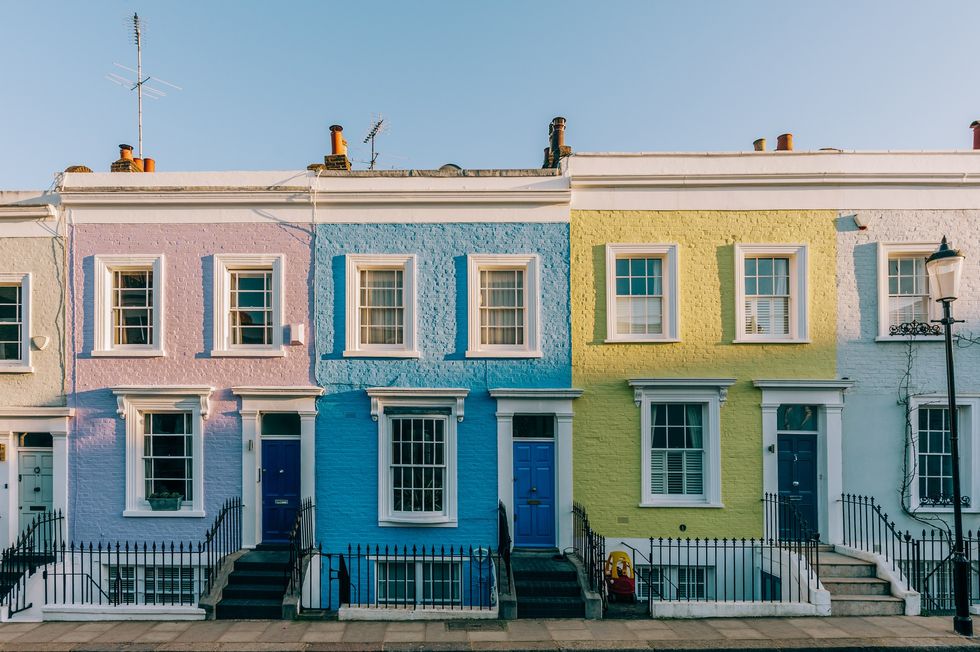A house in Oxford has sparked controversy among residents after being painted maroon as part of an eco-friendly renovation.
Residents have slammed the new colour of the property on Edgeway Road in Marston.
Neighbours have branded the colour choice “hideous” and out of place.
The owners reportedly converted the house into a more energy-efficient “eco house” with added insulation, aiming to reduce its environmental impact.
 A house in Oxford has sparked controversy among residents after being painted maroon as part of an eco-friendly renovation (stock image)Getty/ Google maps
A house in Oxford has sparked controversy among residents after being painted maroon as part of an eco-friendly renovation (stock image)Getty/ Google maps
The sudden transformation over the summer has left the community frustrated with many expressing their strong disapproval of the house.
“I think it’s hideous. Everyone I know thinks it’s hideous. Everyone that walks by hates it. The colours don’t fit in at all,” a 29-year-old student living nearby told the Daily Mail.
Another neighbour, who has lived on the street for 42 years, said: “It seems people just do what they like now. The colour just doesn’t go. They just get away with it now.”
Emma Smith, visiting her mother on Edgeway Road, added: “It’s not the nicest looking thing. I think the colour just doesn’t go.”
LATEST DEVELOPMENTS:
However, some residents have shared support for the new look.
Edgeway Road resident Alex Ogg said: “They’ve only just finished it. I don’t mind the colour at all. This street is already a mish mash. It has character.”
Another resident added: “I think you should be free to express yourself as you please. If you’ve got a house enjoy it.”
Seong Rok, a staff member at Oxford University passing by, also approved: “Why not. I like it. It’s not bad for me.”

The sudden transformation over the summer has left the community frustrated with many expressing their strong disapproval of the house (stock image)
Getty
Some neighbours adopted a more neutral stance, with one saying: “I know who lives there and I’ll live and let live.”
Eco houses are being designed to minimise their environmental impact.
They often feature enhanced thermal insulation, maximise natural light, and utilise renewable energy sources for heating.